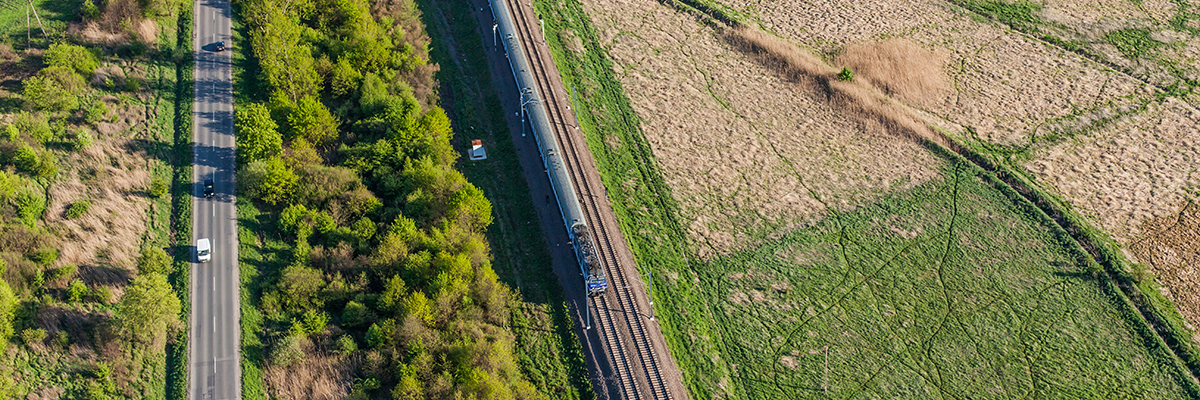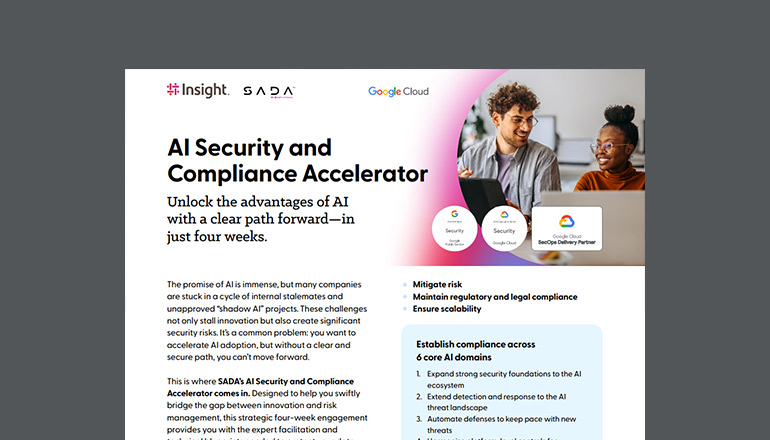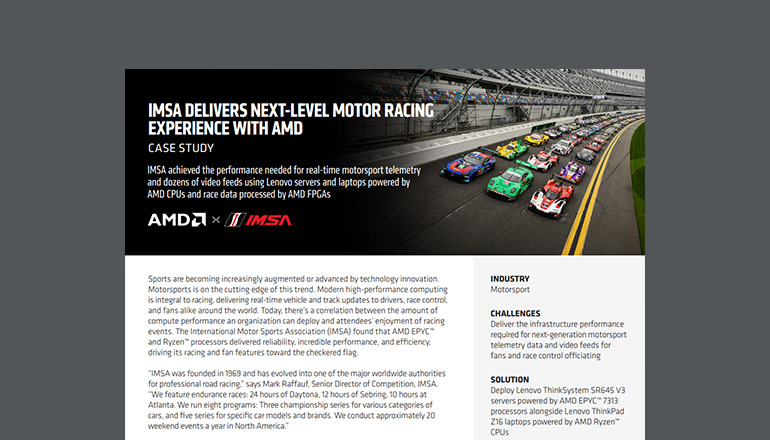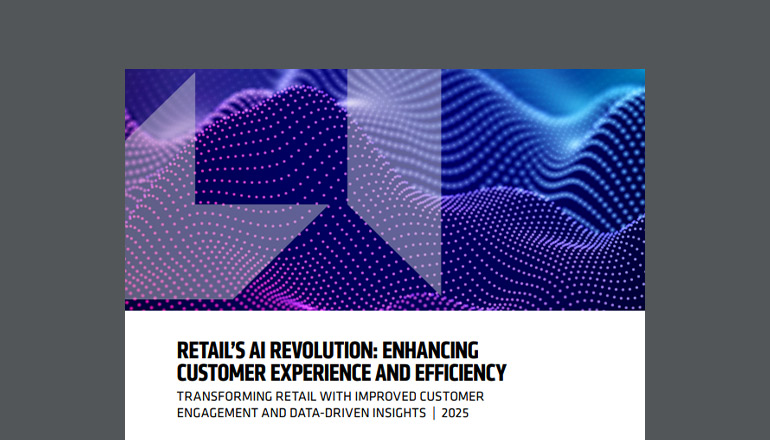Client story Increasing Railroad Maintenance Productivity With the IoT and Azure
A railroad company wanted to enhance its maintenance process and improve rail safety for its workers. Insight created a drone-based computer vision solution that uses Internet of Things (IoT) edge processing to prioritize images that indicate the need for maintenance.
By Insight Editor / 27 Nov 2018 / Topics: Artificial Intelligence (AI) Featured Microsoft Azure Analytics

Facts at a glance
Client industry:
Transportation
Challenge:
The client sought a solution that would enable faster and more efficient rail inspections, real-time alerts for maintenance issues, and reliable data collection and control for continual process improvements.
Solution:
- Drone-based computer vision solution
- Custom IoT edge and data architecture platforms
- Microsoft Azure
Results
- Automated track inspection
- Faster response time to safety issues
- Lower cost of inspection
Accident prevention is a top priority for railroad companies. The sooner maintenance issues are identified, the faster repairs can be done to ensure the railway is safe.
Modern railroad companies are also concerned about the safety of workers in the field who are inspecting or repairing rails. Minimizing on-site inspection time helps protect workers and reduce labor costs.
The company sought a solution to minimize the time required for personnel to complete manual, visual inspections along miles of railway.
With approximately 32,000 miles of track, this particular railroad company required support from thousands of field workers to conduct railroad maintenance inspections. In 2018, the client dedicated $2.4 billion in capital investments to maintenance projects, which primarily involved replacing and upgrading rails, rail ties and ballasts — and maintaining rolling stock.
In an effort to enable workers to focus on actual maintenance, the company sought a solution to minimize the time required for personnel to visually inspect miles of rail. The company also wanted real-time alerts to accelerate repairs.
Matching solutions to desired outcomes
The company believed a central dashboard for analyzing inspection data would allow subject matter experts to identify top priorities, further enhance maintenance productivity, and lower risks for both workers and freight travel.
Facilitating measurable outcomes, such as inspecting high-risk equipment or areas where inspections were particularly critical or cumbersome, was a priority. In addition, the company needed a simplified way to combine and analyze data for additional process improvements in the future.
To enable monitoring and alerts for rail assets, the client invested in IoT-connected solutions such as Unmanned Aerial Vehicles (UAVs, otherwise known as drones), moving rail cars, intelligent switches and more. At the time, the client was enhancing its engineering platform to generate real-time data consisting of telemetry: ambient measurements, sensor readings, and video and still images.
The client used a third party to deploy the UAVs to fly over the rails and collect images in designated zones where drones proved more efficient than personnel. The UAVs flew up to 400 miles per sortie.
Addressing challenges
When the UAVs returned to the base, workers combined the image data with geotagging data and analyzed it to determine the status of the rail asset. The solution met some primary goals for the railroad company, but a few challenges remained.
First, data was manually collected on a USB memory stick after a drone returned to its base, which meant data couldn’t be gathered in real time and the process couldn’t be automated. Additionally, because a third party handled the collection, the client lacked direct control of its data — which could end up being decentralized, depending on the drone base and the employee who physically retrieved it.
Second, the drones captured images along the rail line, but the client also wanted to focus on maintenance required on the frogs, or rail switches. Because the railroad company didn’t have the ability to collect data in real time, it needed to speed the process of data collection and make analysis faster and more efficient.
The client sought a solution that would enable real-time alerts if the images identified an issue requiring maintenance. The company also wanted to address potential security issues that could arise from transferring data from drones or other remote data collection appliances on the corporate network. Lastly, the client required absolute control over its data collection.
Delivering results with IoT for railways
The company partnered with Insight to address these challenges. Our team designed and built a drone-based computer vision solution using Internet of Things (IoT) edge processing to prioritize images to be sent to a cloud data platform for analysis and escalation to track inspectors. The use of computer vision empowers railway workers to shift their time from manual inspection to investigation or initiation of any required maintenance.
The reusable IoT edge and data architecture platform enables automatic video analysis, initiates real-time alerts and streamlines image uploads from the drones to the Microsoft Azure cloud for additional analysis.
By partnering with Insight, the railway transformed its maintenance process to increase productivity, optimize its workforce and improve rail safety through IoT.
Insight developed the IoT and data architecture platform to:
- Provide an Azure cloud-based, scalable and centralized data repository.
- Employ computer vision to reduce the number of manual inspections needed and, consequently, reduce labor costs associated with inspection.
- Speed time to discovery of a defect by enabling more frequent inspections, leading to a reduction in incidents and costs associated with liabilities and time out of service for damaged cars and tracks.
- Accelerate time to discovery of conditions indicating a need for preventive maintenance in advance of a failure condition.
- Improve consistency and quality of inspections relative to the variation that can occur in manual inspections.
- Enable the collection of sufficient time-interval data to improve preventive maintenance guidelines, further reducing incidents.
By partnering with Insight, the client transformed its railway maintenance process to increase productivity, optimize its workforce and improve overall safety.



